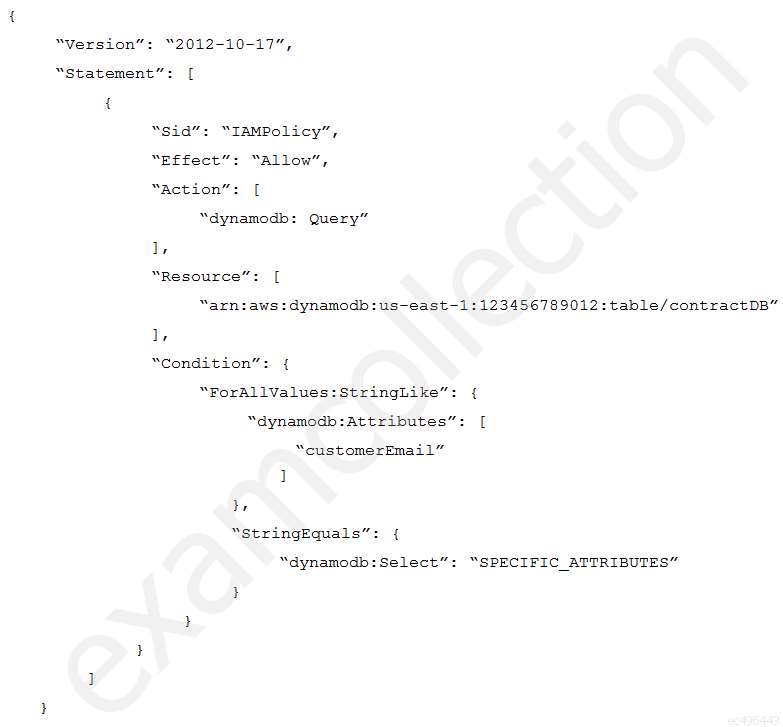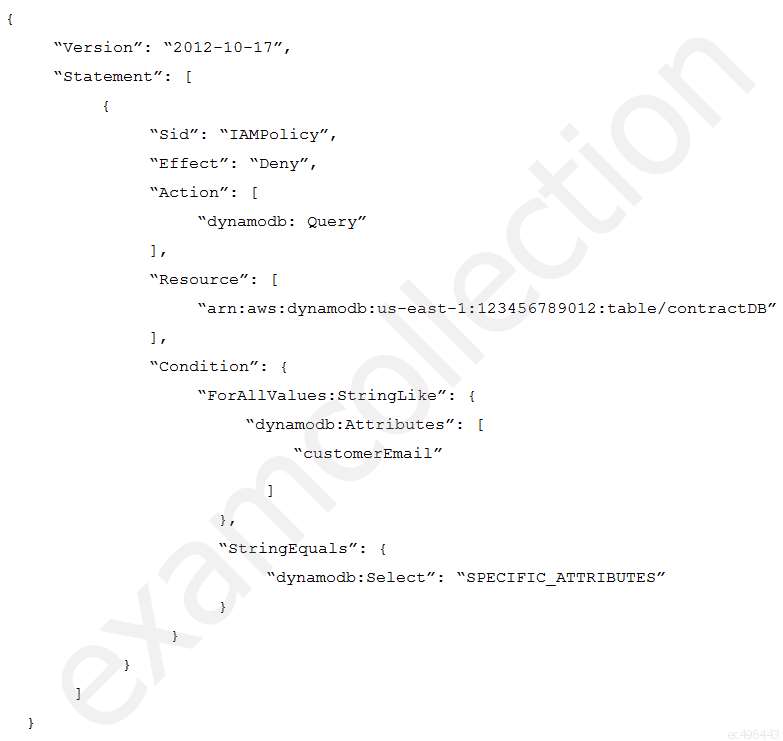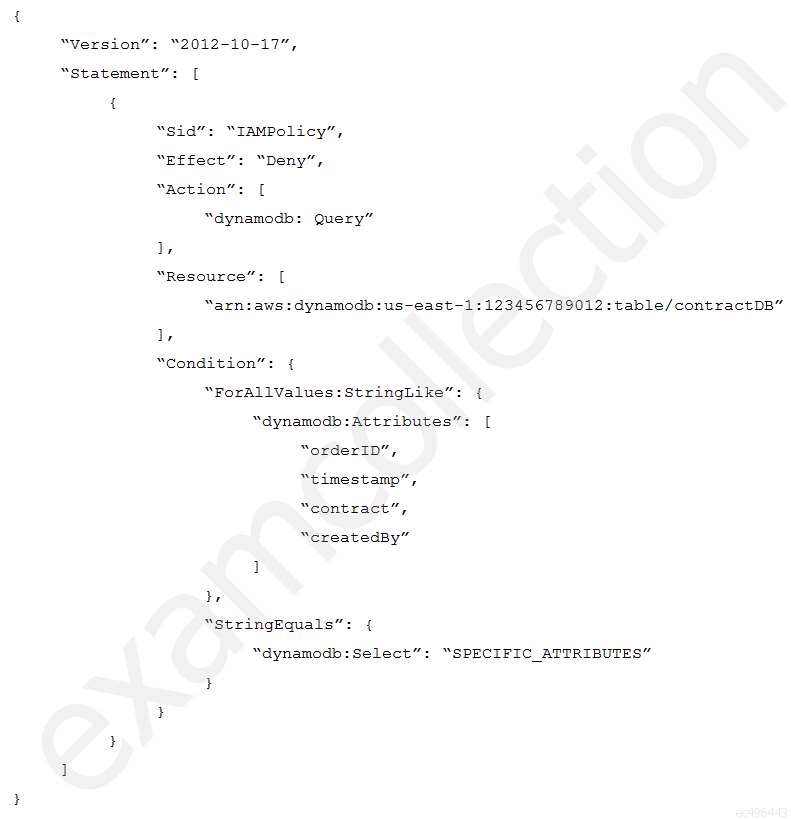A company is using a Single-AZ Amazon RDS for MySQL DB instance for development. The DB instance is experiencing slow performance when queries run. Amazon CloudWatch metrics indicate that the instance requires more I/O capacity.
Which actions can a database specialist perform to resolve this issue? (Choose two.)
A. Restart the application tool used to run queries.
B. Change to a database instance class with higher throughput.
C. Convert from Single-AZ to Multi-AZ.
D. Increase the I/O parameter in Amazon RDS Enhanced Monitoring.
E. Convert from General Purpose to Provisioned IOPS (PIOPS).
Which actions can a database specialist perform to resolve this issue? (Choose two.)
A. Restart the application tool used to run queries.
B. Change to a database instance class with higher throughput.
C. Convert from Single-AZ to Multi-AZ.
D. Increase the I/O parameter in Amazon RDS Enhanced Monitoring.
E. Convert from General Purpose to Provisioned IOPS (PIOPS).



